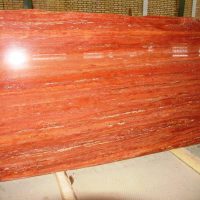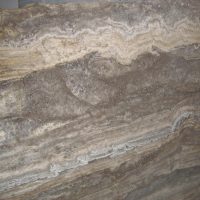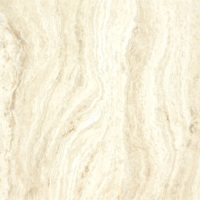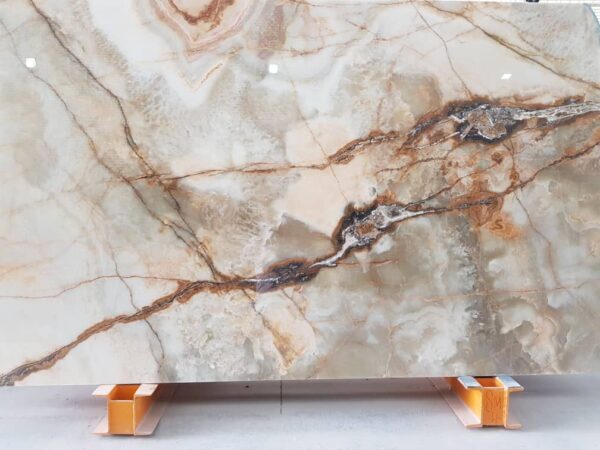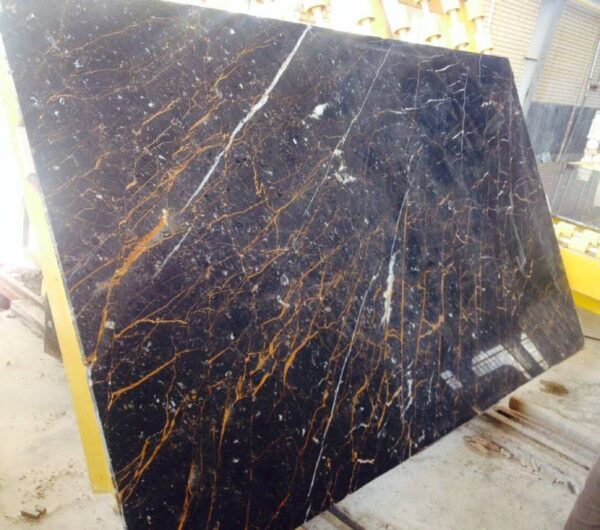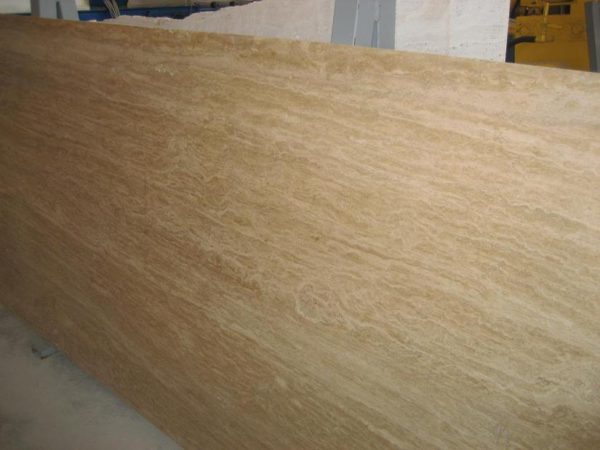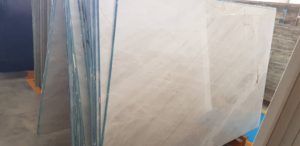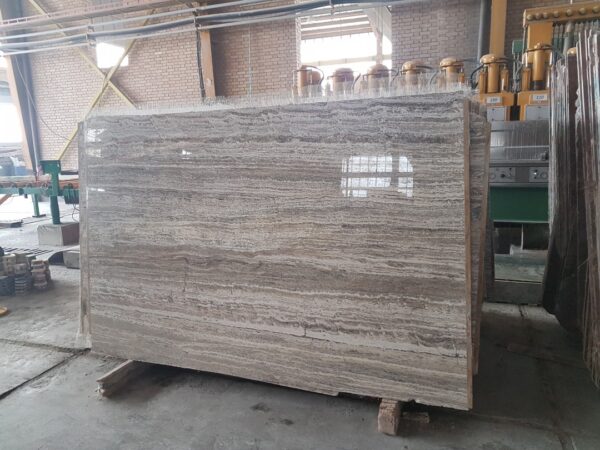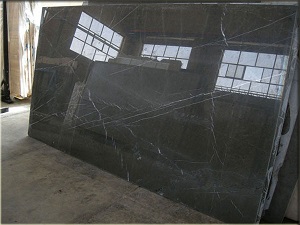Does Travertine Absorb Water? Understanding the Properties of This Natural Stone
Travertine is a popular natural stone renowned for its timeless beauty and versatility. Often used in flooring, countertops, and outdoor spaces, travertine’s unique appearance and durability make it a favored choice among homeowners and designers. However, a common question arises: Does travertine absorb water? Understanding the water absorption properties of travertine is crucial for proper maintenance and ensuring the longevity of your installations. In this article, we’ll delve into how travertine interacts with water and what you need to consider for its care.
The Water Absorption Characteristics of Travertine
Travertine is a type of limestone that forms around mineral springs and is known for its porous nature. Its water absorption characteristics are influenced by its formation and structure. Here’s what you need to know:
- Porosity: Travertine is inherently porous due to the natural formation process. The stone contains numerous tiny holes and voids, which can absorb water and other liquids. This porosity is a key factor in its overall performance and maintenance needs.
- Water Absorption Rate: The water absorption rate of travertine can vary depending on the type of finish and density of the stone. Honed or tumbled finishes tend to be more porous compared to polished finishes, which can slightly reduce water absorption. However, even polished travertine can absorb some water due to its natural porous structure.
- Impact of Absorption: When travertine absorbs water, it can lead to several issues, including staining, discoloration, and damage over time. In outdoor settings, exposure to rain and moisture can exacerbate these problems, making proper sealing and maintenance essential.
How to Manage Water Absorption in Travertine
Proper care and maintenance can mitigate the effects of water absorption and preserve the beauty and functionality of your travertine surfaces. Here are some tips to manage water absorption:
- Seal the Stone: Applying a high-quality sealant is crucial to protecting travertine from water absorption. Sealing helps create a barrier that reduces the stone’s porosity and prevents liquids from penetrating the surface. It is recommended to seal travertine every 6-12 months, depending on usage and exposure.
- Regular Cleaning: Keep travertine surfaces clean and dry to minimize water absorption and prevent staining. Use a pH-neutral cleaner specifically designed for natural stone to avoid damaging the stone’s surface. Avoid harsh chemicals or abrasive cleaners that can strip away the sealant and damage the stone.
- Prompt Spill Management: Address spills and moisture immediately to prevent them from seeping into the stone. Wipe up spills quickly and thoroughly to minimize the risk of stains and water damage.
- Proper Installation: Ensure that travertine is installed correctly, with proper sealing and waterproofing measures in place. This is especially important in high-moisture areas such as bathrooms, kitchens, and outdoor spaces.
Benefits of Travertine Despite Water Absorption
While travertine does absorb water, its aesthetic appeal and durability make it a worthwhile choice for many applications. Here’s why:
- Timeless Beauty: Travertine’s natural veining and color variations provide a unique and elegant look that enhances any space. Its classic appeal makes it a versatile choice for both traditional and modern designs.
- Durability: Despite its porous nature, travertine is a durable stone that can withstand heavy foot traffic and various environmental conditions. With proper care, it can maintain its beauty and functionality for many years.
- Eco-Friendly Option: As a natural stone, travertine is an environmentally friendly flooring and design choice. Its minimal processing and longevity contribute to its sustainability.
Conclusion: Managing Water Absorption in Travertine
Travertine does absorb water due to its natural porosity, but with proper care and maintenance, its beauty and functionality can be preserved. By sealing the stone, regularly cleaning it, and managing spills promptly, you can enjoy the timeless elegance of travertine while mitigating the effects of water absorption.
Whether you’re considering travertine for your floors, countertops, or outdoor spaces, understanding its water absorption properties and taking appropriate measures will help ensure your investment remains in excellent condition for years to come.

